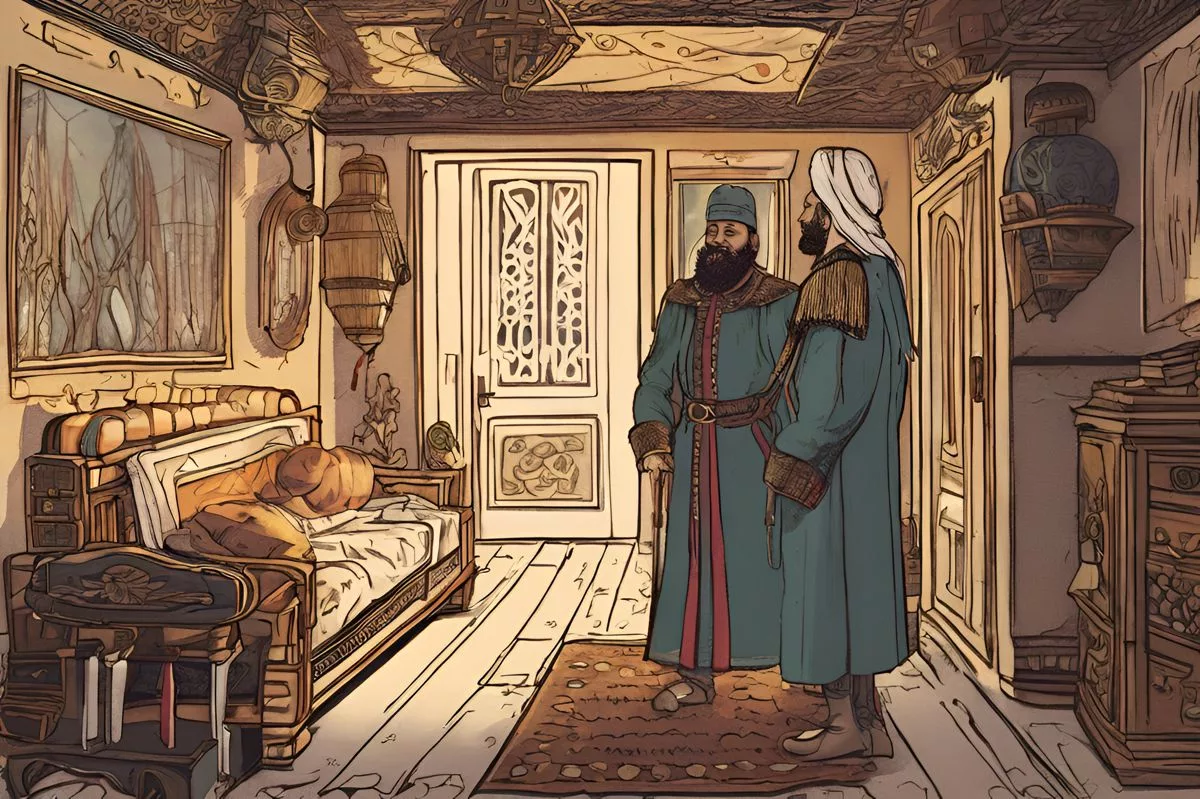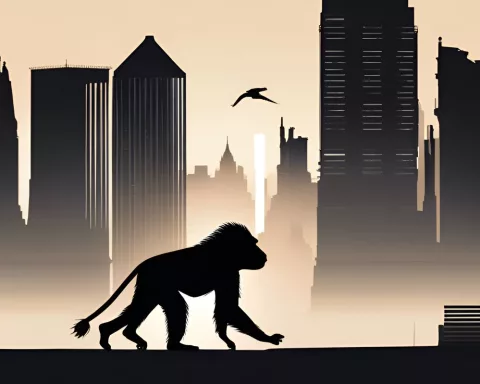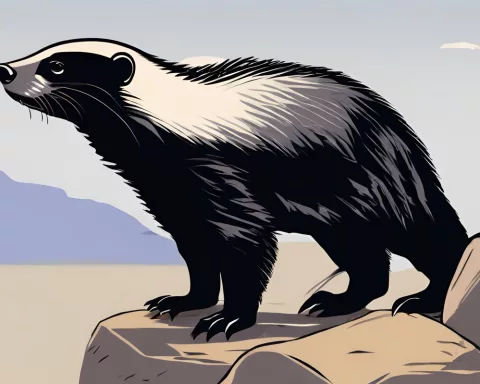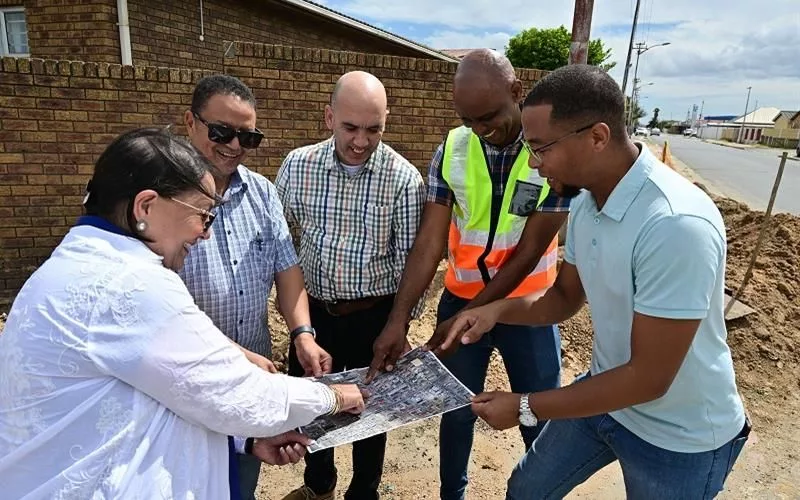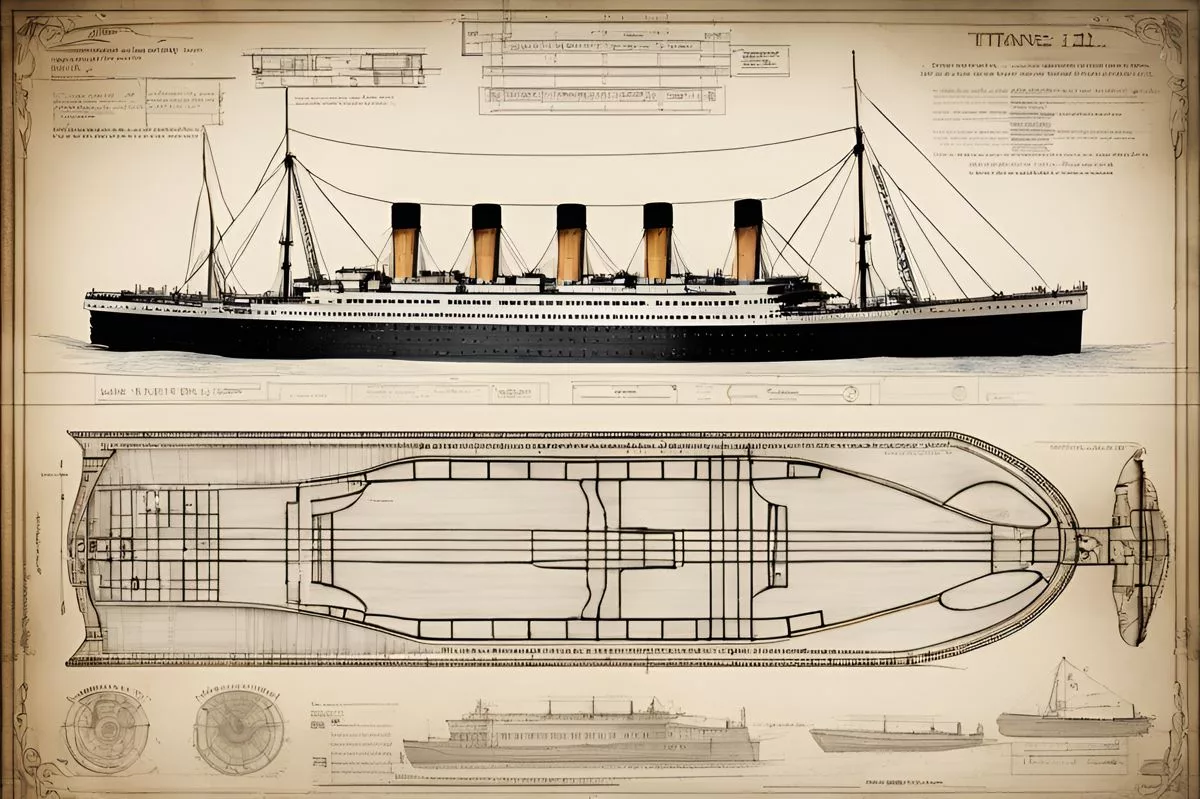Tsar and Jamil, two lion brothers, were rescued from a Ukrainian zoo by Born Free charity and underwent a lengthy rehabilitation process before finally reaching their permanent home at the Shamwari Big Cat Sanctuary in South Africa. Their journey to freedom is a story of endurance and the combined initiative of global wildlife supporters. This tale serves as a reminder of the vital role that wildlife charities play in safeguarding and conserving endangered species, and the fundamental right of every living creature to live freely in their natural habitat.
How did Tsar and Jamil get to the Shamwari Private Game Reserve?
Tsar and Jamil’s journey to the Shamwari Private Game Reserve in South Africa was a complex and lengthy one. They were rescued from a Ukrainian zoo by the Born Free charity and underwent a rehabilitation process in Kyiv and Poland before being transferred to Natuurhulpcentrum’s wildlife rescue center in Belgium. From there, they were flown to Johannesburg in tailored travel crates and then embarked on a road trip of over 1,000 kilometers to reach their permanent home at the Shamwari Big Cat Sanctuary.
The Tale Begins
In the lush landscapes of South Africa’s Eastern Cape, two brothers of the lion species, Tsar and Jamil, are experiencing their initial encounter with freedom. This is a remarkable contrast to their previous life of imprisonment in Ukraine. Their voyage from Ukraine to the Shamwari Private Game Reserve is a narrative of endurance, fresh starts, and the combined initiative of global wildlife supporters.
Tsar and Jamil were born into a grim reality of imprisonment in a Ukrainian zoo, facing a turbulent start to life. The early years of their lives saw them relocated to five distinct locations, often as tourist attractions at a farm, robbed of their inherent freedom to roam and hunt. Lack of proper care and nutrition resulted in calcium deficiencies, worsening their predicament.
Born Free to the Rescue
The transformation began when Born Free, a global wildlife charity, intervened to bring an end to their bleak past. The organization’s careful planning and tireless efforts resulted in a unique mission to rescue these two lions from the continuing threat of abuse and hunger.
Recounting the lion brothers’ journey to freedom as a complex dance of logistics and diplomacy is Maggie Balaskas, Born Free’s head of rescue and care. Listening to Balaskas, whose dedication to the cause has never wavered, you can sense her relief and satisfaction. “Knowing that Tsar and Jamil have safely arrived at their forever home, after a traumatic beginning and having already lived in five different homes, is a tremendous relief,” she admitted to HeraldLive.
The Journey
It’s important to highlight that the path to the lion brothers’ permanent home in South Africa was anything but straightforward. Their escape from Ukraine was initially enabled by a rescue center in Kyiv, which also initiated their rehabilitation process. This was followed by a temporary stay at a zoo in Poland, and then they were transferred to Natuurhulpcentrum’s (NHC) wildlife rescue center in Belgium.
The last leg of their journey was a transcontinental trip to Johannesburg. For this, they required a specialized flight and tailor-made travel crates to reduce stress and guarantee their safety. From Johannesburg, they undertook a road trip of over 1,000 kilometers to reach the [Shamwari Big Cat Sanctuary](https://capetown.today/explore-cape-towns-wildlife-sanctuaries/).
The New Home
The Shamwari Big Cat Sanctuary, located within the expansive Shamwari Private Game Reserve, is now the permanent residence of Tsar and Jamil. Their 2.5-acre enclosure is a reflection of their natural habitat, filled with native vegetation and an enriching environment. The joy was evident as the pair, no longer burdened by their past, explored their new home with unfettered curiosity.
“In our 40th year of advocating for wild animals, I’m pleased that Born Free has been able to offer the final piece of the puzzle by providing Tsar and Jamil with safety and sanctuary at our Big Cat Sanctuary at Shamwari,” said Balaskas.
Beyond the Tale
This tale is more than just a story about two lions. It serves as a testimony to the strength of teamwork and unwavering resolve when confronted with challenges. It’s a reminder of the vital role that wildlife charities, like Born Free, undertake in safeguarding and conserving endangered species. Above all, it emphasizes the fundamental right of every living creature to live freely in their natural habitat.
Tsar and Jamil’s journey from captivity to freedom provides hope for numerous other animals worldwide suffering under similar conditions. It’s a call to arms for unified global efforts to put an end to animal exploitation and ensure a world where every creature is respected, and their rights to freedom and natural life are honored.
1. Who rescued Tsar and Jamil from captivity in Ukraine?
Tsar and Jamil were rescued from a Ukrainian zoo by the Born Free charity.
2. Where did Tsar and Jamil undergo rehabilitation before being transferred to their permanent home?
After their rescue, Tsar and Jamil underwent a rehabilitation process in Kyiv and Poland before being transferred to Natuurhulpcentrum’s wildlife rescue center in Belgium.
3. How did Tsar and Jamil reach their permanent home at the Shamwari Big Cat Sanctuary?
Tsar and Jamil were flown to Johannesburg in tailored travel crates and then embarked on a road trip of over 1,000 kilometers to reach their permanent home at the Shamwari Big Cat Sanctuary.
4. What is the Shamwari Big Cat Sanctuary and where is it located?
The Shamwari Big Cat Sanctuary is located within the expansive Shamwari Private Game Reserve in South Africa. It is the permanent residence of Tsar and Jamil and their 2.5-acre enclosure is a reflection of their natural habitat, filled with native vegetation and an enriching environment.
5. What is the significance of Tsar and Jamil’s journey to freedom?
Tsar and Jamil’s journey to freedom is a story of endurance and the combined initiative of global wildlife supporters. It serves as a reminder of the vital role that wildlife charities play in safeguarding and conserving endangered species, and the fundamental right of every living creature to live freely in their natural habitat.
6. What message does Tsar and Jamil’s story convey?
Tsar and Jamil’s journey from captivity to freedom provides hope for numerous other animals worldwide suffering under similar conditions. It’s a call to arms for unified global efforts to put an end to animal exploitation and ensure a world where every creature is respected, and their rights to freedom and natural life are honored.

